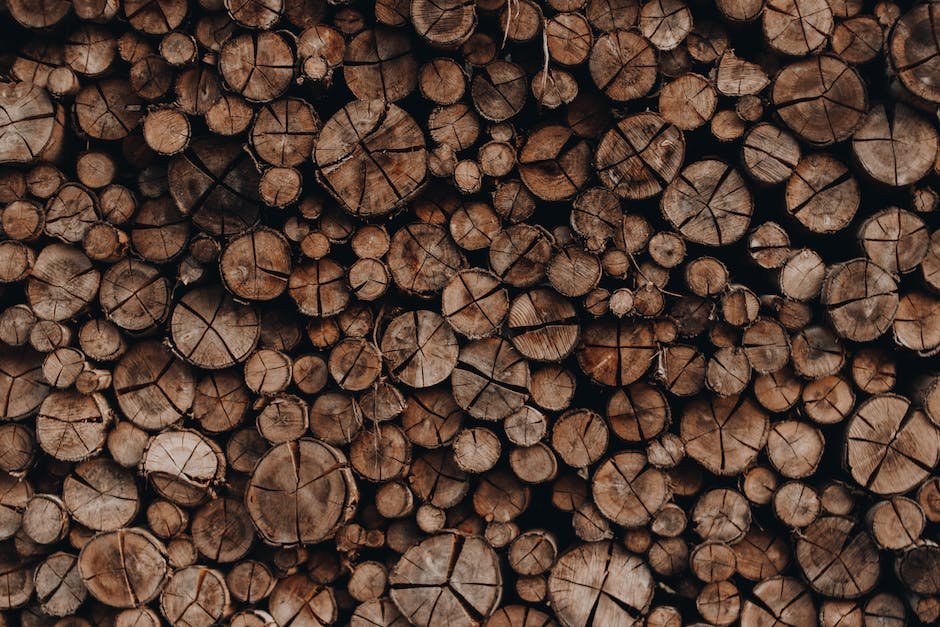Too many people these days seem to be obsessed with drinking as much alcohol as possible, which is definitely not the best way to enjoy it!
Many people start drinking alcoholic beverages by having one drink every day, but then before you know it they’re drinking twice that amount because they “like how good it makes them feel.”
That’s why I believe it is very important for everyone to understand what the number of drinks in a cup means. I will go into more detail about this here.
This article will also talk about some tips for enjoying your next night out without buying too many drinks for yourself or someone else.
I hope you take something away from this article!
Introduction
The term “glass” refers to whatever vessel you use to hold liquid. A glass of water is different than a bottle of water, and both are equal in terms of volume. That is why there is no official standard for how many glasses an ounce equals. It depends on the size of the mouth of the container you use to measure the liquid in.
Some experts say that a wine glass has 0.5 fluid ounces while others claim 0.3 fluid oz. No matter which ones you choose, they all equate to the same thing!
A fluid ounce (or tablespoon) is always measured using a teaspoonful of liquid and where a measuring spoon is thick enough to fill its bowl fully.
Definition of a gallon
A gallon is always equal to 4 fluid ounces, which is what we refer to as a liquid measure in America. This number has been staying around since the early 1900s, when it was first used for water!
Prior to that, volume measures were not standardized across the globe, making it difficult to compare one country’s measurement with another. Luckily, our American brethren got together and came up with an easy way to have consistent measurements!
The British Imperial system didn’t work very well for liquids, so they dropped the last letter of their word and just added a zero before the four to make our favorite measurment!
A lot of people know how many inches in a foot or yards in a meter, but there’s no good standard for feet and meters in terms of volume. The metric system doesn’t use gallons either – it uses litres!
That means that one liter equals 1 cubic centimeter, which you can round down to be 0.01 liters (or 10 milliliters) if you like.
How to measure cups and gallons

Most liquid measuring tools have you pour a known amount of liquid into a glass or cup, then multiply that volume by a factor to find your total measurement. For instance, if you have a bottle with 1 cup of milk in it, then you can simply use that milk as a multiplier for other liquids.
For example, if you want to know how many ounces of coffee you need to make a pot, just multiply the number of cups of milk in the bag used to make the coffee by 0.8. This way, you get enough room in the container to also add water, which will reduce the density of the coffee and flavor it slightly. You can do this as many times as needed until you are sure it is totally diluted down.
Another way to determine how much sugar you need for a recipe is to start at one teaspoon per four tablespoons of liquid and work up from there.
How to pour liquids correctly
When you are pouring liquids, whether it is water, milk, tea, coffee, or wine, how you hold your glass can make a difference in how much liquid you put into it and how much goes down the side.
There are two main reasons to learn this concept of glasses. The first is for people who like to drink a lot of fluid as part of their diet. For example, someone who loves drinking water may want to know how to pour with accuracy so they do not waste any liquid.
The second reason to know how to pour with accuracy is if you are giving a speech or lecture and need to have access to an adequate amount of water, or if you are teaching students about nutrition and how to properly hydrate.
1 cup = 1 tablespoon + 1 teaspoon + 1 dash + 1/2 teaspoon + 1/4 teaspoon + 1/8 teaspoon + 1/16 teaspoon + 1/32 teaspoon + 1/64 teaspoon + 1/128 teaspoon + 1/256 teaspoon + 1/512 teaspoon + 1/1024 teaspoon

Having enough water is one of the most important things you can do to ensure your health and wellness. We often underestimate how much water we need until we are asked to estimate it!
Throwing away all those little tricks for ensuring we are drinking our recommended amount of water can really pay off in the long run.
One easy way to remember how many cups of water equals one glass is by thinking about what kind of drink you would have if you multiplied the number of cups of water by two.
1 gallon = 3.7854 cups
Having an adequate source of water is one of the most important things you can do as someone who enjoys drinking alcohol. When you are thirsty, you will drink more than when you don’t feel well-hydrated!
Alcohol has diuretic effects. This means it removes fluid from your body by taking away water and salt from your blood. If you don’t have enough water before you drink, your body will retain excess liquid, which could potentially add to your weight gain or dehydration.
It’s also important to know how much water you should be drinking depending on what kind of alcoholic beverage you are having. For example, a glass of plain H2O is only 1 cup, but if you want to drink that many glasses quickly, then you should probably try The Best Way To Drink Water.
Alternatively, a beer contains about 5% alcohol so it equals three quarters of a cup per pint. A standard mixed drinks usually contain around 2½–3¼ shots (25–35 ml) of liquor, making it equal to one half to one full cup of distilled spirits like vodka, gin, etc. Make sure to check this calculator to see just how much booze really adds up!
Drinking too little water can be disastrous for your health. You could get very sick due to alcohol poisoning or even die in some instances. Therefore, it is essential to know how to drink properly.
You should always measure and pour using the following recipe volumes

Having enough water for your skin is an important part of sun protection as well as daily cleansing. We typically refer to this liquid as “water” but you can call it whatever you like!
It is very common to think that just because I used so much product during my shower today, that I have enough water left over for later. But then we wake up in a hot room and need more layer upon layer of sunscreen to protect ourselves from the sun!
Fortunately, there are standard recipes people use when baking or cooking which include references to cups (or fluid ounces) of water.
Pour oil into a bowl until it is half full
Now pour one cup of water in and mix together
That’s what you would call a lot of liquid! This amount of liquids can totally vary depending on the person, energy level, and how much dip you want to make. Some people may even need less than our standard two cups because they are hungry or in a calorie-restricted state.
Remember that using too many teaspoons of olive oil will not work either as it does not spread properly. Too much water could also cause your dough to get gloppy and soft which would be difficult to handle.
General tips – try using a lighter hand when mixing oils with the batter! Also, remember that if you overmix the dough, it will become tough and this cannot be baked in.
Pour vinegar into a glass jar until it is half full
Now, pour your water in and mix them together. This will neutralize some of the acidity of the vinegar!
You want to make sure that you do not have too much water as this could potentially hurt your skin. It can also cause the minerals in the water to dissolve the acids in the vinegar which would be very damaging to your skin.
So, make sure that you measure your water correctly before mixing it with the vinegar.


















